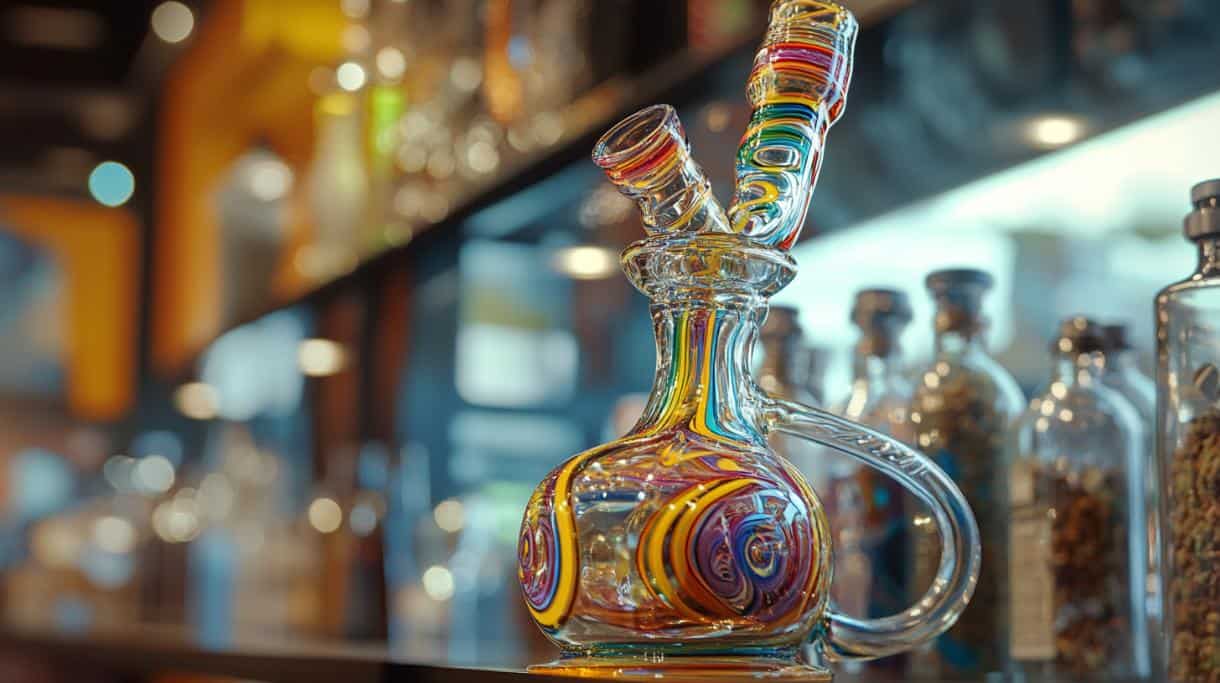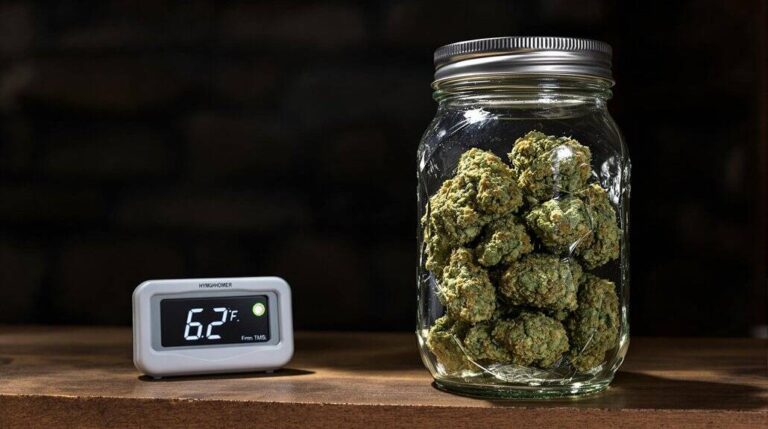Can You Use a Bong Without Water? (And Should You?)
Many smokers have wondered whether a bong needs water to function properly. While a waterless bong will technically allow weed smoke to pass through, the absence of water filtration creates significant risks and drawbacks. The water in a bong serves multiple vital purposes – from cooling hot smoke to filtering out harmful particles. Yet some users still attempt this potentially dangerous practice, raising important questions about safety and effectiveness that deserve closer examination.
Key Takeaways
- Yes, you technically can use a bong without water, but it defeats the primary purpose of water filtration and cooling.
- Smoking without water increases exposure to harmful toxins, particulates, and irritants that water normally filters out.
- Dry hits are significantly harsher on the throat and lungs due to lack of temperature control and smoke diffusion.
- Users face 40% higher health risks when smoking unfiltered, including increased respiratory issues and potential long-term damage.
- Water is essential for proper bong function, as it cools smoke and traps harmful compounds like acetaldehyde and acrolein.
The Science Behind Water Filtration in Bongs

Water filtration forms the fundamental backbone of how bongs function to deliver a smoother smoking experience.
The percolators help diffuse smoke more effectively as it passes through the water chamber. The filtration mechanics involve smoke passing through water, where two key processes occur simultaneously. First, the water cools the smoke by absorbing its heat, making it less harsh on the throat and lungs. Second, the water acts as a filter, trapping ash and tar particles while allowing cannabinoids to pass through.
The water efficiency depends on proper setup and maintenance.
The water level must be sufficient to cool and filter effectively without creating too much resistance during inhalation. This delicate balance guarantees optimal filtration while maintaining easy draws.
Health Impacts of Smoking Without Water
While proper water filtration serves as a protective barrier, removing water from a bong can significantly increase health risks for users.
The respiratory risks become particularly concerning, as users directly inhale unfiltered smoke containing higher levels of toxins, carcinogens, and irritants. This leads to immediate health consequences like severe coughing, throat irritation, and increased heart rate.
Long-term exposure can result in serious conditions like COPD, respiratory scarring, and increased cancer risks. The lack of water filtration also exposes users to dangerous levels of carbon monoxide, heavy metals, and volatile organic compounds that can damage lung tissue. Studies have proven that water filtration eliminates harmful toxins like acetaldehyde and acrolein from cannabis smoke.
Understanding Smoke Temperature and Cooling Effects

Temperature control plays a vital role in creating a smoother smoking experience when using a bong. The smoke characteristics between water-filled and dry bongs differ significantly in how they affect temperature regulation and user comfort. Utilizing cooler water creates gentler smoke that reduces the likelihood of coughing fits.
| Feature | With Water | Without Water |
|---|---|---|
| Heat Absorption | High (4.18 J/g) | Minimal |
| Smoke Temperature | Cooled | Hot |
| Filtration Systems | Active | None |
| User Experience | Smooth | Harsh |
| Smoke Density | Diffused | Concentrated |
Without water, the bong lacks its primary cooling mechanism, resulting in hotter, more concentrated smoke that can irritate the respiratory system. The absence of water-based filtration systems means users experience direct exposure to heated combustion products.
Comparing Filtered Vs Unfiltered Smoke Quality
Building on the role of temperature in smoke quality, the distinction between filtered and unfiltered smoke reveals significant differences in both composition and user experience.
Smoke comparison studies show that filtered smoke generally contains fewer particles and delivers a smoother sensation, similar to how filtered cigarettes offer milder sensory effects.
However, filtration doesn’t guarantee safer consumption.
While filters can reduce harshness and particulate matter, they may also release additional side-stream components. The key difference lies in the overall smoke density and texture, with filtered smoke typically feeling less intense but potentially containing similar levels of chemical compounds. Research indicates that people who smoke through unfiltered devices are 40 percent more likely to experience adverse health effects.
Best Practices for Safe Bong Usage

Safety represents the cornerstone of proper bong usage, requiring attention to several key practices and procedures. Proper Bong Maintenance involves regular cleaning and inspection of all components, while User Safety demands careful attention to proper assembly and environmental awareness. Using isopropyl alcohol and salt helps thoroughly clean glass and ceramic bongs to maintain their quality.
| Safety Element | Required Action |
|---|---|
| Water Changes | Every 2–3 days |
| Glass Cleaning | After each use |
| Component Check | Before each session |
| Storage | Cool, dry place |
| Usage Environment | Well-ventilated area |
Regular maintenance prevents bacterial growth and guarantees optimal performance. Users should inspect all components before each session, certifying secure connections and proper water levels while maintaining awareness of their surroundings during use.
Final Thoughts
While using a bong without water is technically possible, the risks clearly outweigh any convenience. Water filtration serves essential functions in cooling smoke, removing harmful particles, and creating a smoother experience. Operating a bong without water exposes users to hotter, harsher smoke and increased respiratory irritation. For both safety and enjoyment, always use clean water and maintain proper water levels when operating any water pipe device.
Frequently Asked Questions
How Long Should Water Be Kept in a Bong Before Changing?
Proper bong maintenance requires changing water daily for frequent users, while occasional smokers should change it after each session. Water quality deteriorates quickly, making frequent changes essential for optimal use.
Can Other Liquids Besides Water Be Safely Used in Bongs?
Certain flavored liquids can be used in bongs, including cranberry juice and unsweetened tea. Oil substitutes should be avoided. Piece Water offers a specialized alternative designed for smoking devices.
What’s the Minimum Water Level Needed for Effective Filtration?
The downstem requires 1-inch submersion for proper water pressure and effective filtration. Regular bong maintenance includes maintaining this minimum level to guarantee optimal smoke cooling and particulate removal.
Does Ice in the Bong Cause Additional Health Concerns?
Ice cubes in bongs generally poses minimal additional health risks. While extremely cold smoke may cause breathing discomfort for some users, ice actually helps filter toxins through condensation.
Can Using Hot Water Instead of Cold Enhance the Smoking Experience?
Hot water generally reduces temperature control and smoke quality, leading to harsher hits and increased respiratory irritation. Cold water remains the optimal choice for smoother experiences and better filtration efficiency.







